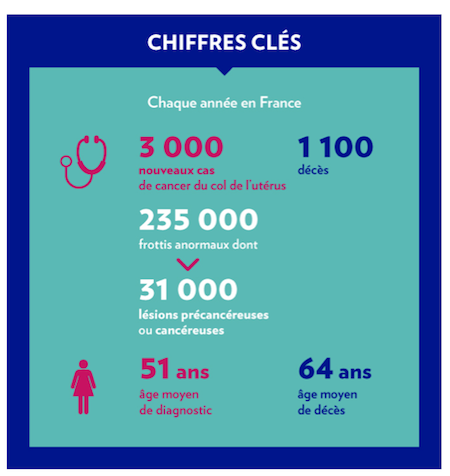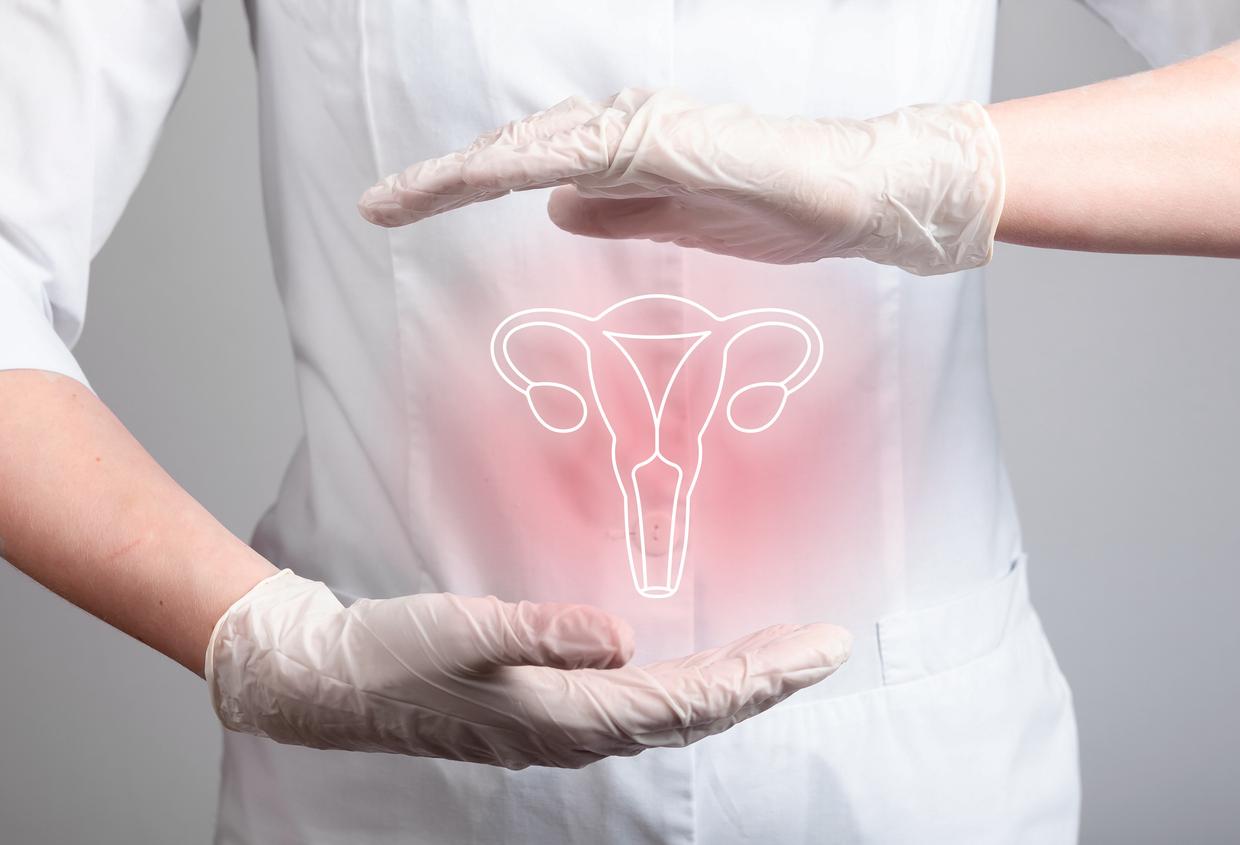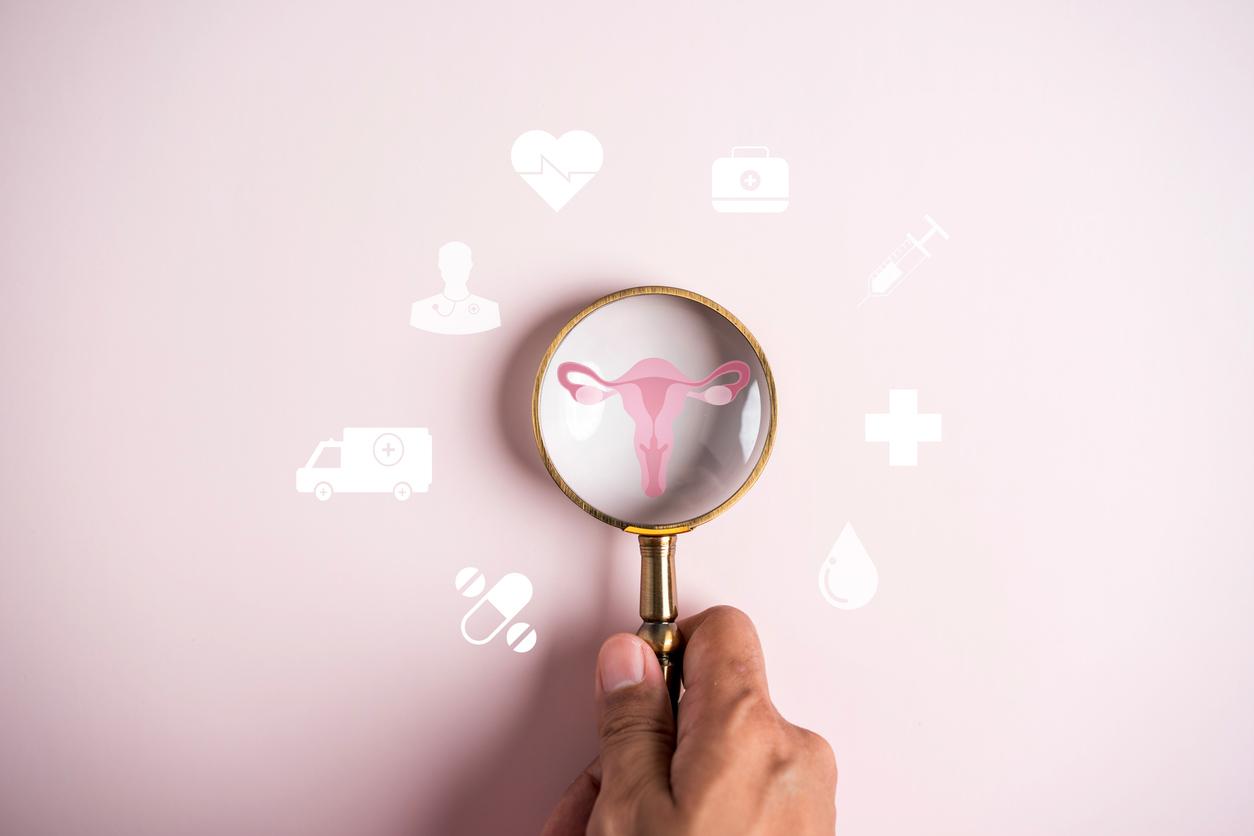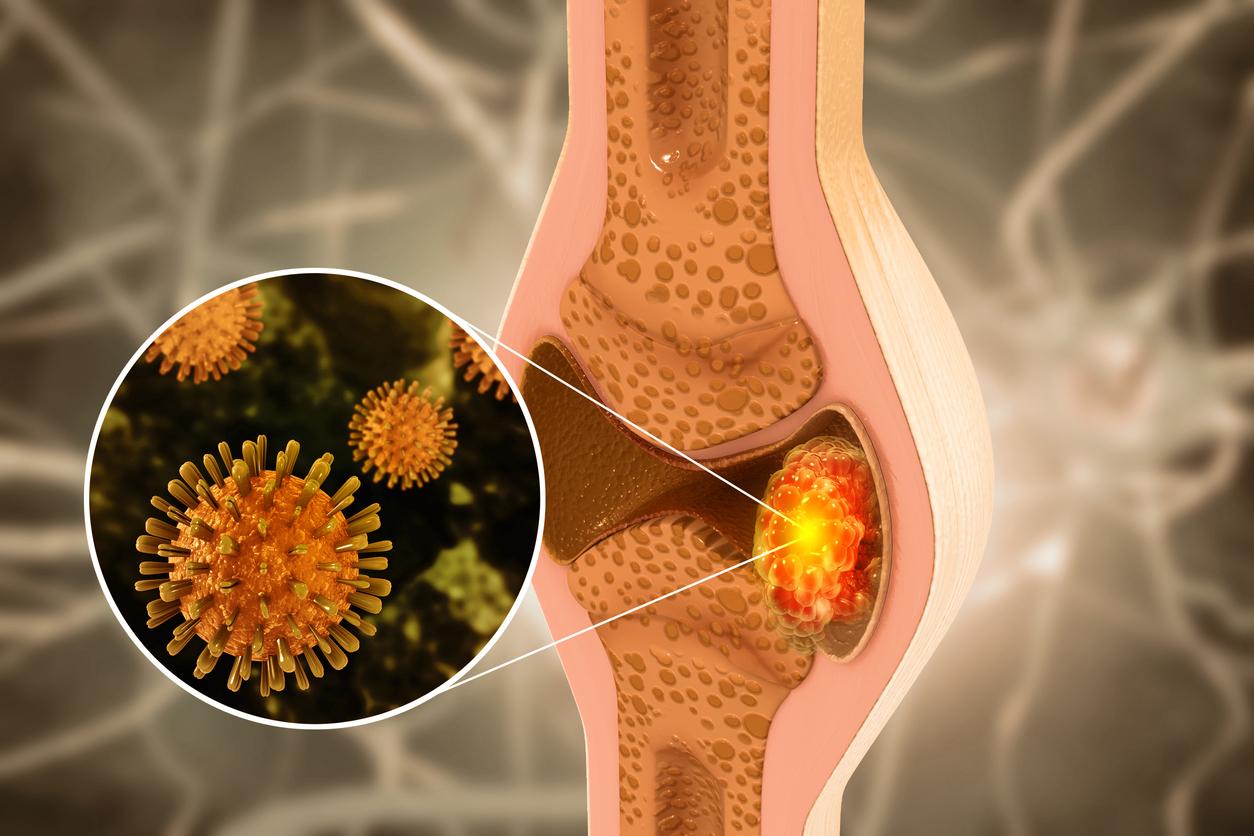On the occasion of the European week for prevention and screening of cervical cancer, the Inca recalls that the smear concerns women aged 25 to 65.

“Between 25 and 65 years old, a smear every 3 years is important”. With this prevention message launched on the occasion of the European week for prevention and screening of cervical cancer (from January 22 to 28, 2017), the National Cancer Institute hopes to raise awareness among women of the importance of screening.
Each year in France, some 3,000 new cases of cervical cancer are diagnosed and just over 1,000 women die from it. However, “cervical cancer could almost be eliminated in France thanks to two effective and complementary levers: vaccination against HPV for young girls aged 11 to 14, and smear for women aged between 25 and 65 years old ”, underlines the Inca, adding that, detected early, this cancer is cured in 9 cases out of 10.

Source: National Cancer Institute, Inca.
Survival still low
Screening by smear can identify precancerous lesions and cancers at an early stage (non-invasive). Since the 1980s, this screening has led to a significant drop in incidence and mortality in France. But these cancers, less numerous today, have a worse prognosis. Result: 5 years after diagnosis, 66% of women are still alive, a survival rate that has improved very little over the past 25 years.
So this year, the authorities have chosen to promote the smear, and in particular the need to perform it regularly. The objective is therefore “to mobilize the 17 million women aged 25 to 65 concerned by screening, and in particular the 40% of them who do not do it, or not often enough”, explains the Inca.

A smear every 3 years
In a video spot and radio messages, the agency recalls that the smear must be carried out every 3 years even after menopause, even in the absence of sexual intercourse and whether or not the women are vaccinated against the human papillomavirus ( HPV) – the virus responsible for nearly 70% of cancers.
The Inca specifies that this campaign is part of the prospect of the generalization of organized screening which aims to reduce by 30% the incidence and the number of deaths from cervical cancer in the next 10 years, all by combating inequalities in access and use of screening.
.















